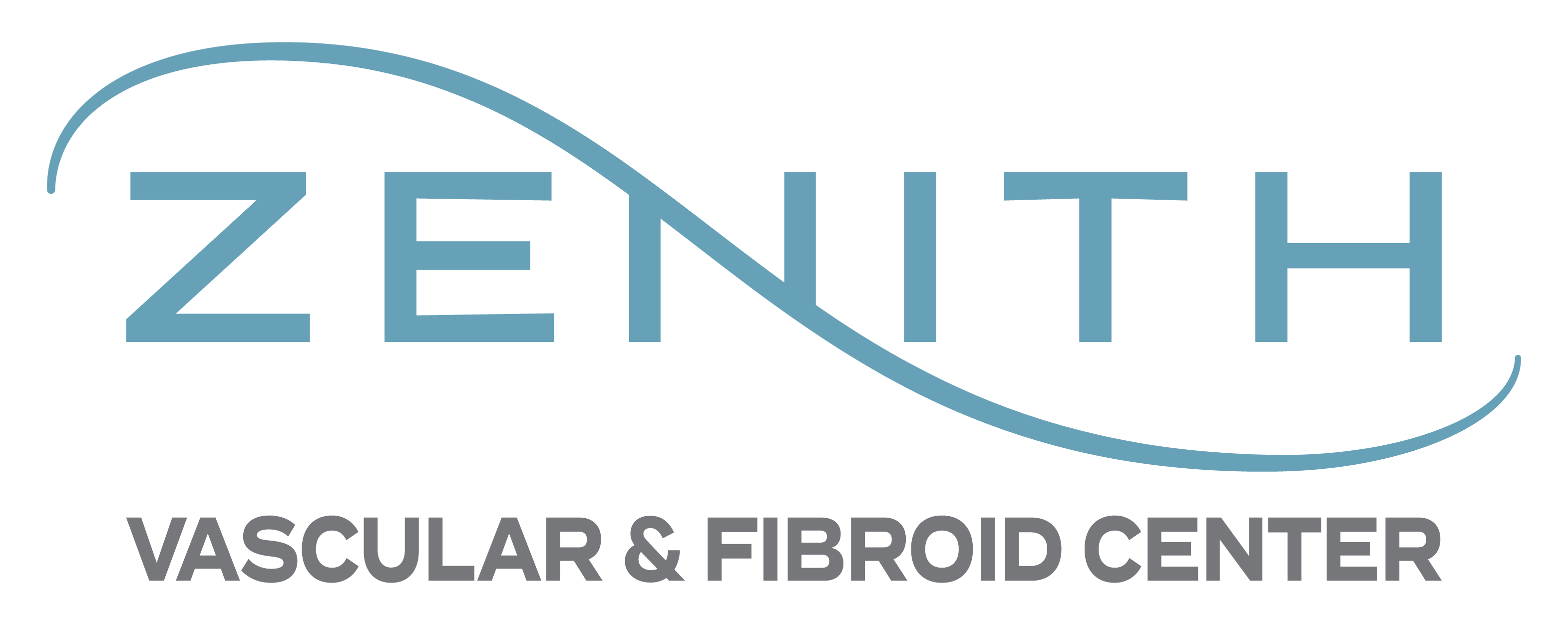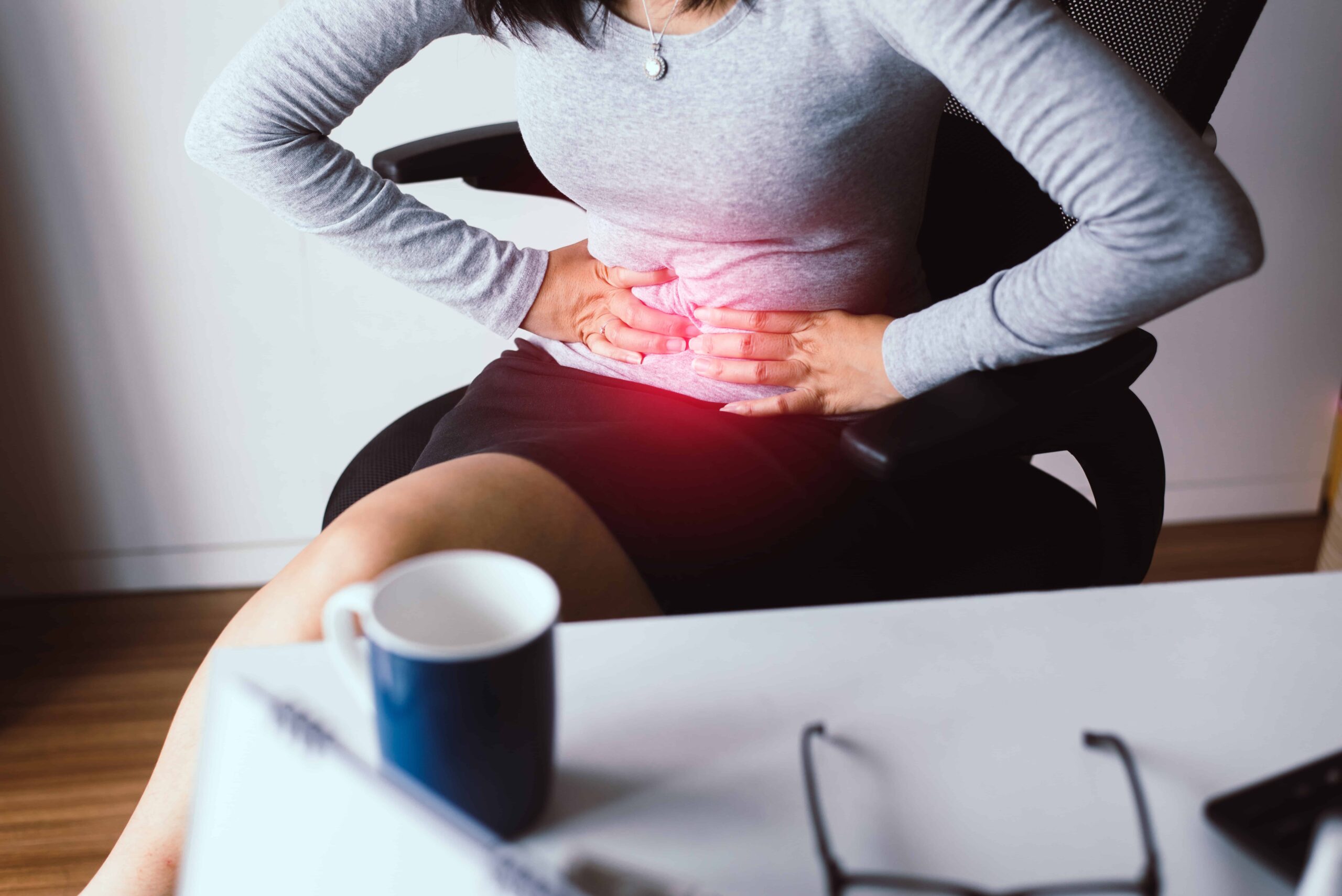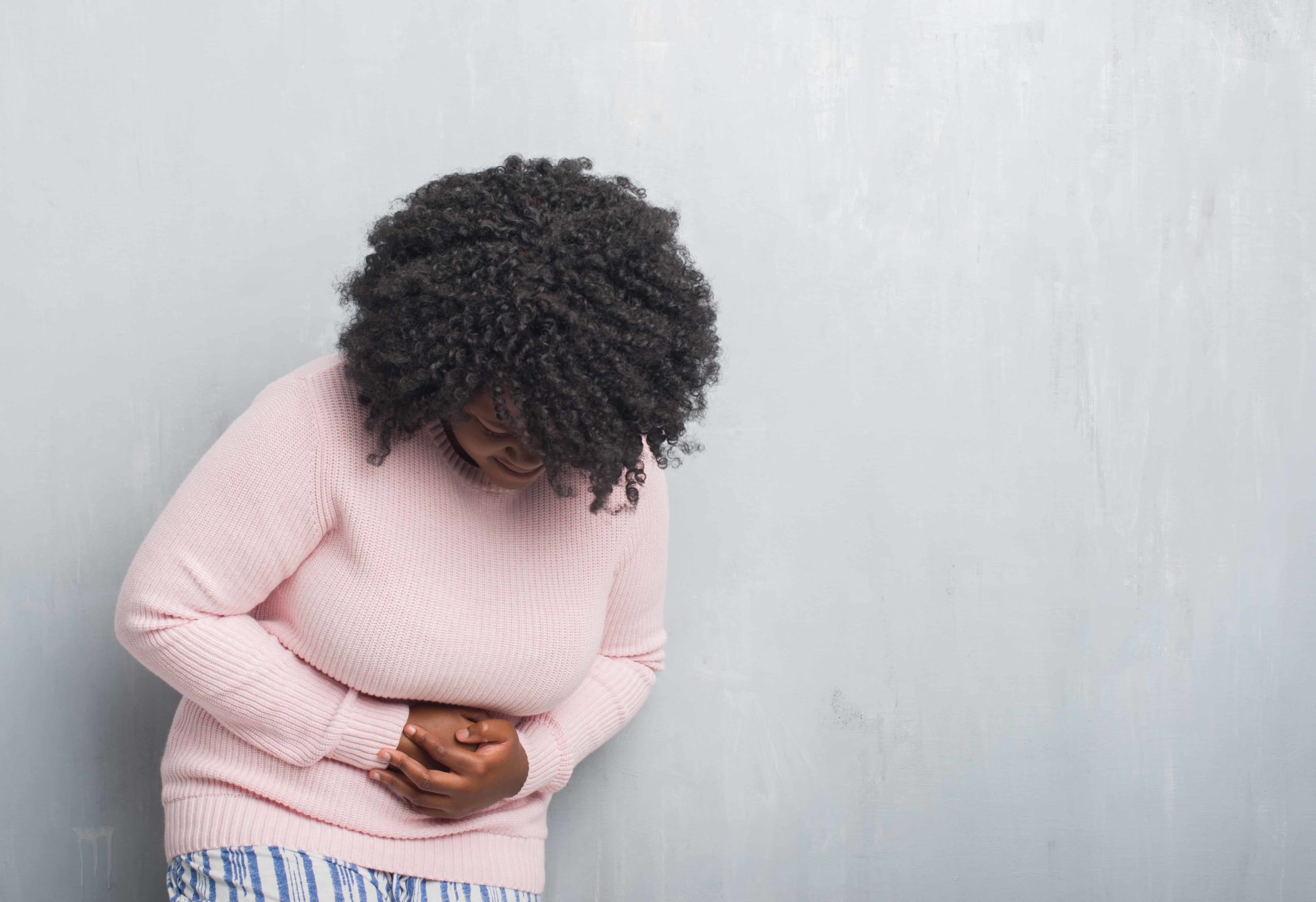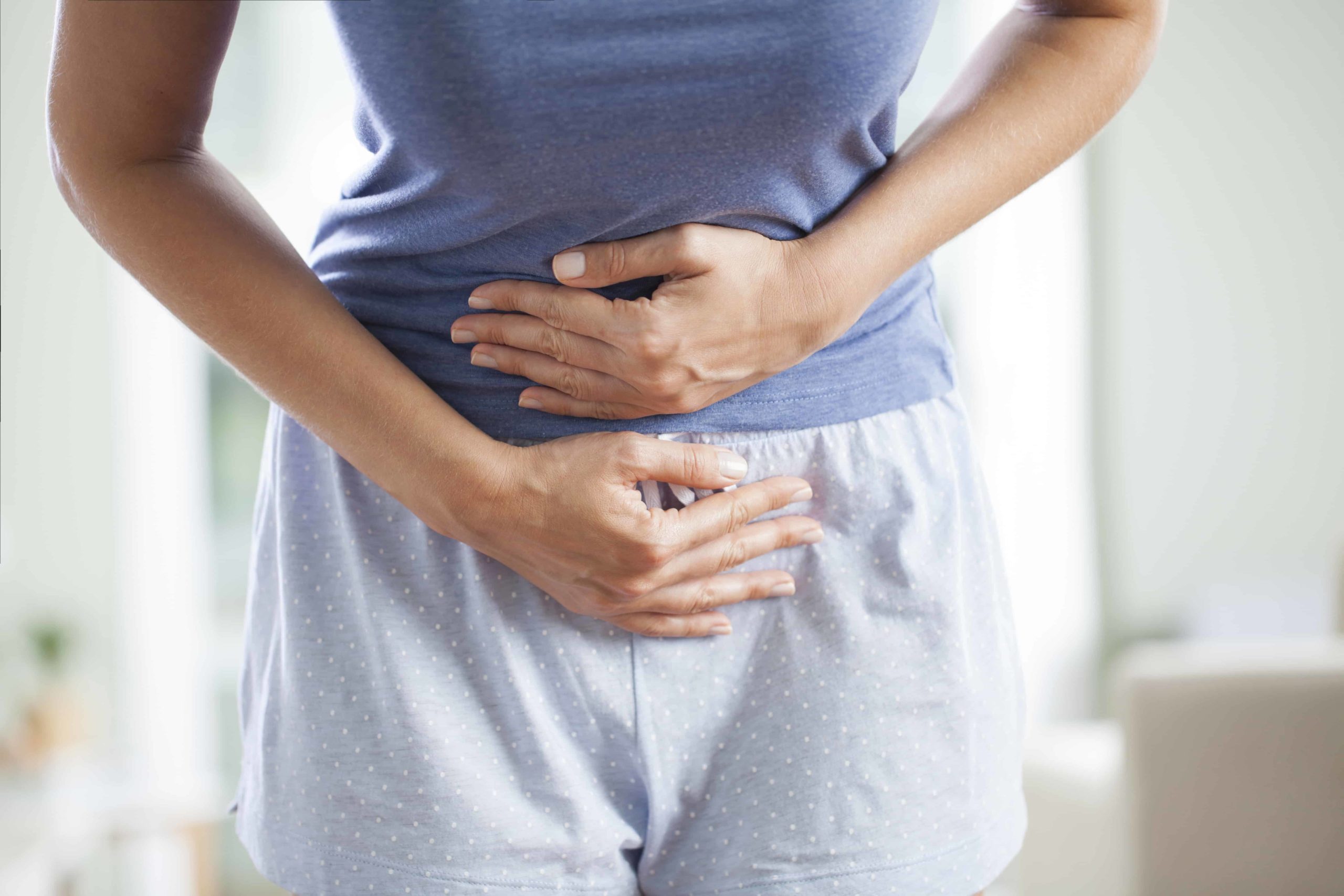The Zenith Fibroid Center
Learn more about uterine fibroid embolization, a non-surgical, effective procedure to treat fibroids. Call or visit our fibroid center in Southaven MS.

What Are Uterine Fibroids?
Uterine fibroids, also known as leiomyomas or myomas, are non-cancerous growths on the uterus that affect premenopausal women. These growths appear on the muscular walls of the uterus and can range from pea to grapefruit size.
What Are the Symptoms of Uterine Fibroids?
Although uterine fibroids are very common, many women do not know they have them since symptoms may be minimal or they do not notice the symptoms. The location, size, and the number of fibroids present may influence whether you experience noticeable symptoms. Some of the most common symptoms are:
- Constipation
- Difficulty emptying your bladder
- Frequent urination
- Heavy menstrual bleeding
- Leg pain
- Lower back pain
- Pain during intercourse
- Pelvic pressure or pain
- Prolonged menstrual bleeding
- Spotting between periods
Any of the symptoms above warrant a trip to your doctor. If you experience any sharp pain in your pelvic region or have severe vaginal bleeding, please seek immediate medical attention.
Types of Fibroids
Four types of uterine fibroids may form in the uterus: intramural, pedunculated, submucosal, and subserosal fibroids. Women can develop one or more types of fibroids at any time. Each type may cause different symptoms.
Intramural Fibroids
Intramural fibroids are the most common fibroids found in the uterus. These fibroids grow in the uterine wall and can grow to very large sizes if left untreated. Some women have many intramural fibroids growing in the same region. Pelvic or lower back pain and abnormal bleeding may result from this fibroid type.
Pedunculated Fibroids
Pedunculated fibroids grow from stem-like structures (called peduncles) on the wall of the uterus or inside the cavity of the uterus. Quick movements may cause the peduncle to twist and cut blood flow, resulting in intense pain.
Submucosal Fibroids
Submucosal fibroids, the rarest type of fibroid, form under the uterine lining where they may crowd the uterine cavity. This type of fibroid may cause excessive bleeding and other significant complications.
Subserosal Fibroids
Subserosal fibroids grow on the outer uterine wall. Large growths in this region can crowd nearby organs and cause discomfort or pain.
Uterine Fibroids Treatment Options
There are several options for treating uterine fibroids. Your doctor may suggest hormonal medications first. If these treatment options prove unsuccessful, you typically then have two procedures to choose from: the old-fashioned hysterectomy or the newer more advanced embolization (UFE).
UFE over a hysterectomy:
Uterus Preservation
Choosing UFE means keeping your uterus. Removing the uterus isn’t the ideal choice for many women, because a hysterectomy eliminates the ability for a woman to conceive. If you wish to become pregnant or would like to preserve the possibility, UFE is the ideal uterine fibroid treatment for you.

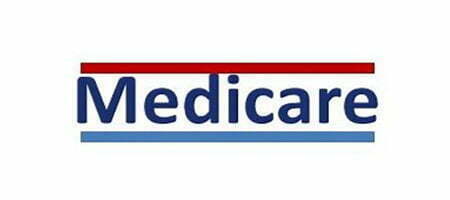


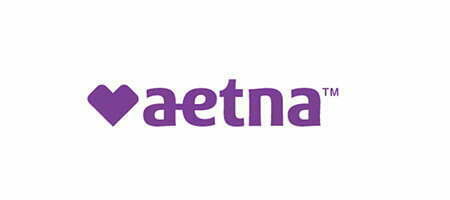
High Success Rate
UFE Does Not Influence Hormones or Organs
You won’t experience changes in your hormones or organs. A hysterectomy forces women into early menopause and all the hormonal changes that arise from this. Removing the uterus can impact the bladder, bowels, and pelvic floor. All three regions are interlinked with the uterus and impacted during surgery. They can cause unwanted post-operative symptoms of their own, including pain, infection, and protruding tissue.
With UFE, you do not have to worry about any changes to your hormones or organs. This minimally invasive treatment does not influence any other region of the body.
Outpatient Procedure
UFE is an outpatient procedure at Zenith Health and Aesthetics. UFE takes around one to two hours to complete, and you will not need to stay at Zenith Health for an extended amount of time for observation.
A hysterectomy is a major surgery that requires an extended hospital stay that allows the medical staff to monitor you for several days.
Reduced Recovery Times
You can resume regular activities within a few days, unlike a hysterectomy that will require six to eight weeks for a full recovery. UFE performed at Zenith Health will not require an overnight stay and most women go home within a few hours. Many women feel ready to return to work within a few days after treatment and enjoy a full recovery within one or two weeks.
Fewer Risks
Uterine fibroid embolization is a lower-risk alternative to hysterectomy. All major surgeries come with risks. Whether its anesthesia or infection, you contend with fewer risks when choosing UFE.

Is Utertine Fibroids Embolization Right for You?
The best way to determine the appropriateness of UFE for you is to schedule an appointment with the experienced, professional staff at Zenith Health and Aesthetics. We will review and discuss your full medical history, symptoms, and treatment options. Additionally, we can perform certain tests to discover the exact extent of your condition. We may also advise that you stop taking certain medications, such as aspirin. If you are pregnant or have certain medical conditions, we may discuss other options with you.
If you are struggling with symptoms of uterine fibroids or believe you might be, you could be a candidate for UFE. Ideal candidates for treatment are:
Age 18 or older
Not pregnant
Wish to preserve the uterus
Do not have a pelvic infection
Have symptoms of uterine fibroids
Visit our new Patient Education hub for more information.

Find out if you are a candidate for uterine fibroid embolization by scheduling your consultation with Dr. Zeni and Zenith Health & Aesthetics today.
